What are defective beans? What is the effect of defective beans on coffee? Common types of defective beans in Africa
Just like washing and picking vegetables before cooking and panning for rice before cooking, raw coffee beans need to be strictly screened before roasting. After all, raw coffee beans are agricultural products that grow on treetops, integrate with heaven and earth, and experience wind, sun, insects and birds. The natural enemy of coffee berries is the coffee fruit worm, which is specially parasitic in the berries, reaching the bean heart with sharp teeth, setting up a family of three, two bedrooms and one living room, and not living too comfortably.
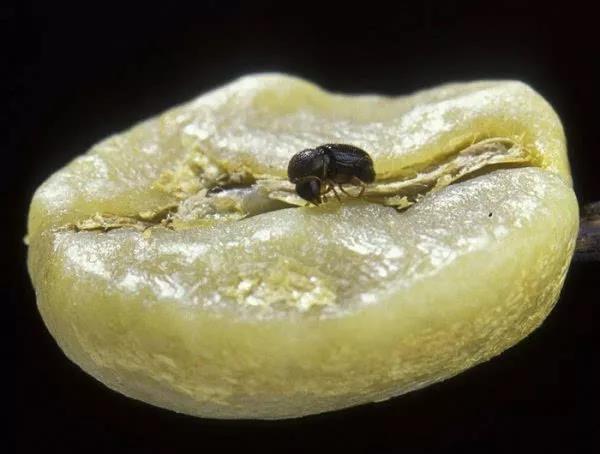
In the ripe season of berries, pickers wring the ripe red fruits from the branches, adjust measures to local conditions and adopt different treatment methods. In the washing method, for example, the berries bought by berry beetles are empty, so they float on the surface of the water when they are put into the water. In this way, farmers can easily get rid of the worm-eaten beans. However, if the beetle has just entered the fruit, the berry will not float. As a result, together with good berries to make up the number to muddle through. When the peel is removed, some of the beetles that have not yet been drilled into the seeds are crushed to death, and the raw beans are preserved; some of the beetles that have been drilled into the seeds survive in the later process.
In the process of bean drying, it will be more hygienic to use machine drying. However, if you are exposed to the sun outdoors, you will once again experience pollution: rain, sand and dust, animal excrement and so on. Even if the surface of raw coffee beans is protected by endocarp and silver skin, some of the endocarp of raw beans will be contaminated due to sun dehydration.
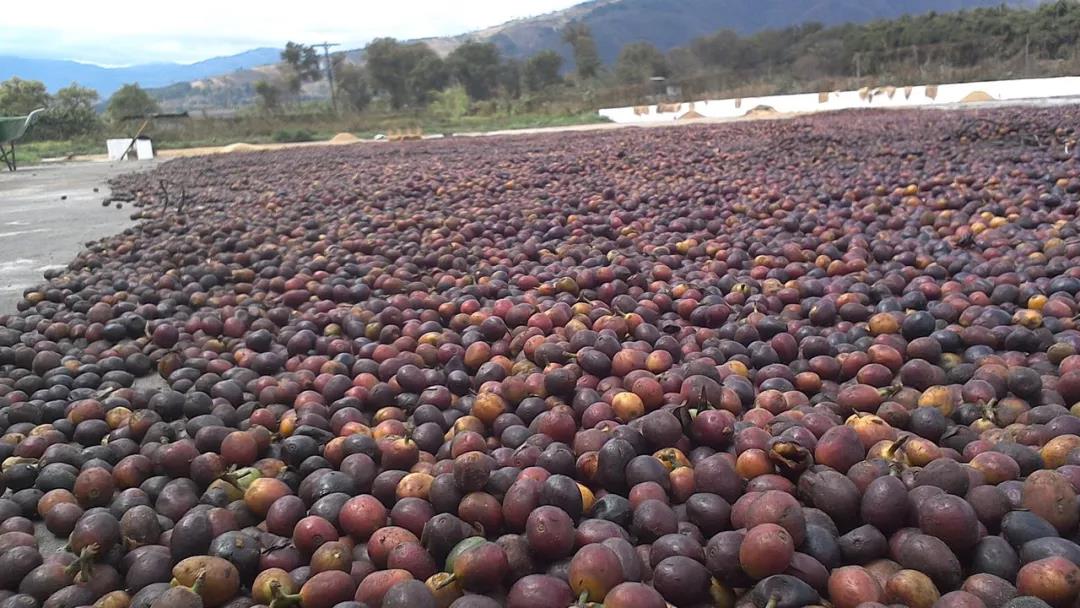
After a series of processes, the raw coffee beans went through a hundred pairs of hands, and finally they were put into sacks and containers. It took several months to trek smoothly from the producing country to the consuming country. There is also a GrainPro between the raw beans and the sack to separate the edge. GrainPro is isolated from the outside air, because raw beans still contain 10% Murray 12% moisture, coupled with sugar and other organic substances, more or less will ferment, breed bacteria, months of drifting at sea, coupled with port clearance inspection, will still breed a lot of defective beans.
That's why we have to pick out defective beans before baking, especially medium-baked beans. Because medium and shallow roasted beans still contain organic ingredients, if we do not pick out the beans infested by bacteria, the coffee we drink is not clean and will affect the flavor.
What are the common defective beans? What effect will they have on the flavor of coffee? The following is a detailed introduction of the common defective beans in Ethiopian coffee, taking Sidamo as an example.
Shell beans, broken beans
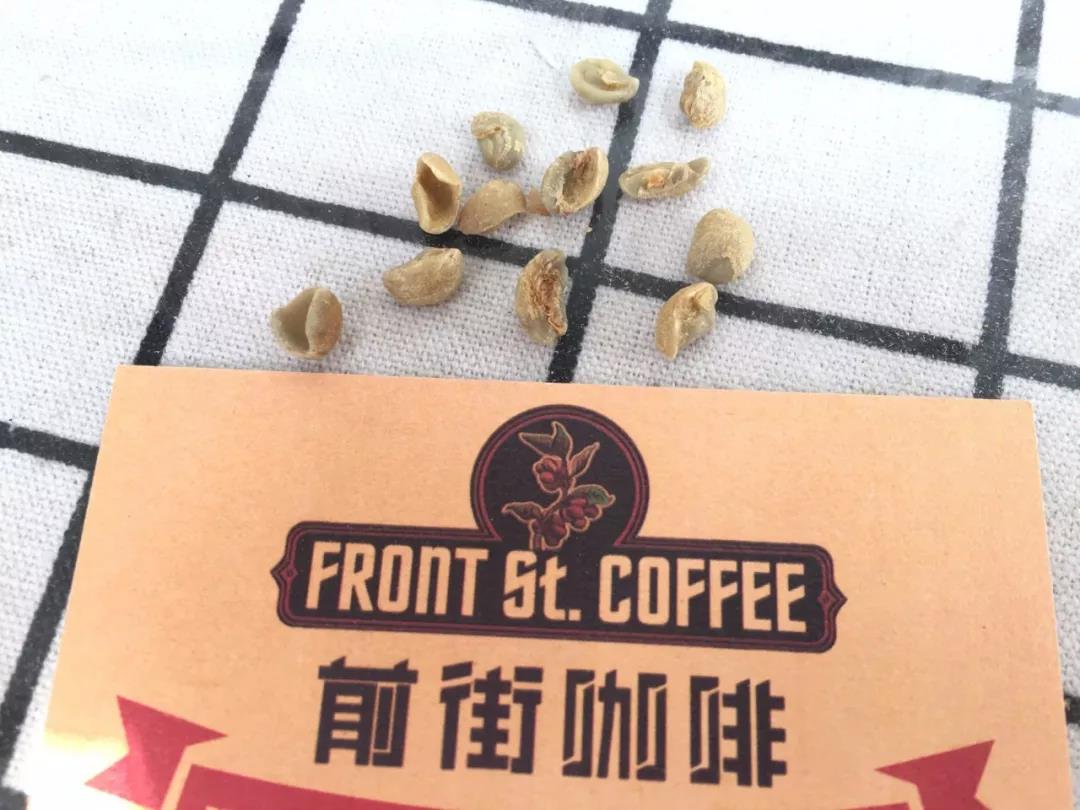
Beans that become shell-shaped because of developmental problems are called "shell beans"; beans that are damaged during treatment or transportation are called "broken beans", both of which can cause uneven baking. This kind of defective beans will cause the coffee to have a thin taste and lack of flavor.
Fermented beans (sour beans)
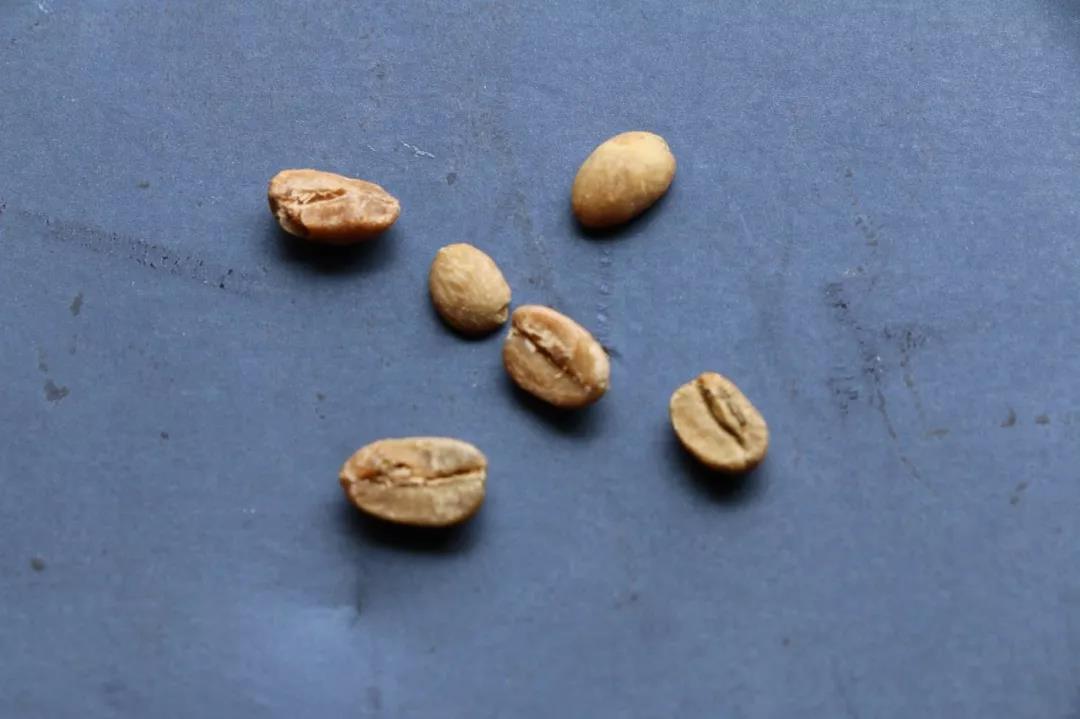
When treated by water washing method, polluting fermented beans are produced in the fermentation tank. Delayed processing or improper preservation can also occur after harvest, and beans will smell funny when baked. If you fall into the coffee, it will make the coffee sour and stinky, which is harmful to your health.
Moth-eaten bean
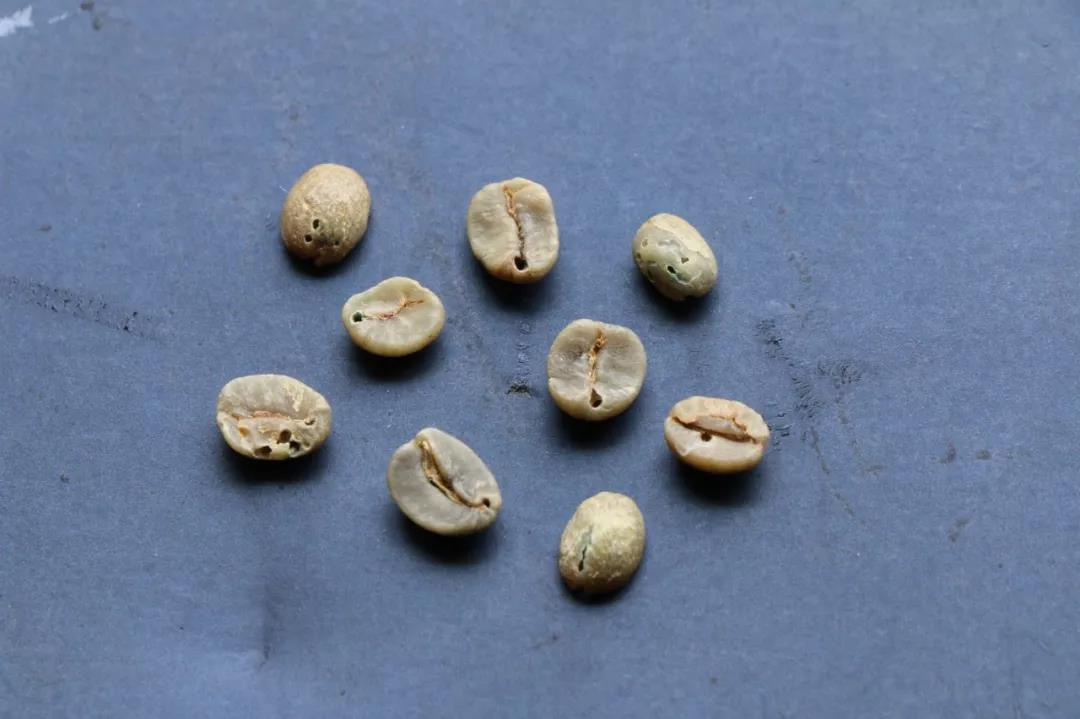
Because pests such as coffee bark beetles lay eggs on coffee trees, and the hatched larvae eat coffee fruits to form cavities, which is the cause of coffee turbid taste or potion taste.
Moldy bean
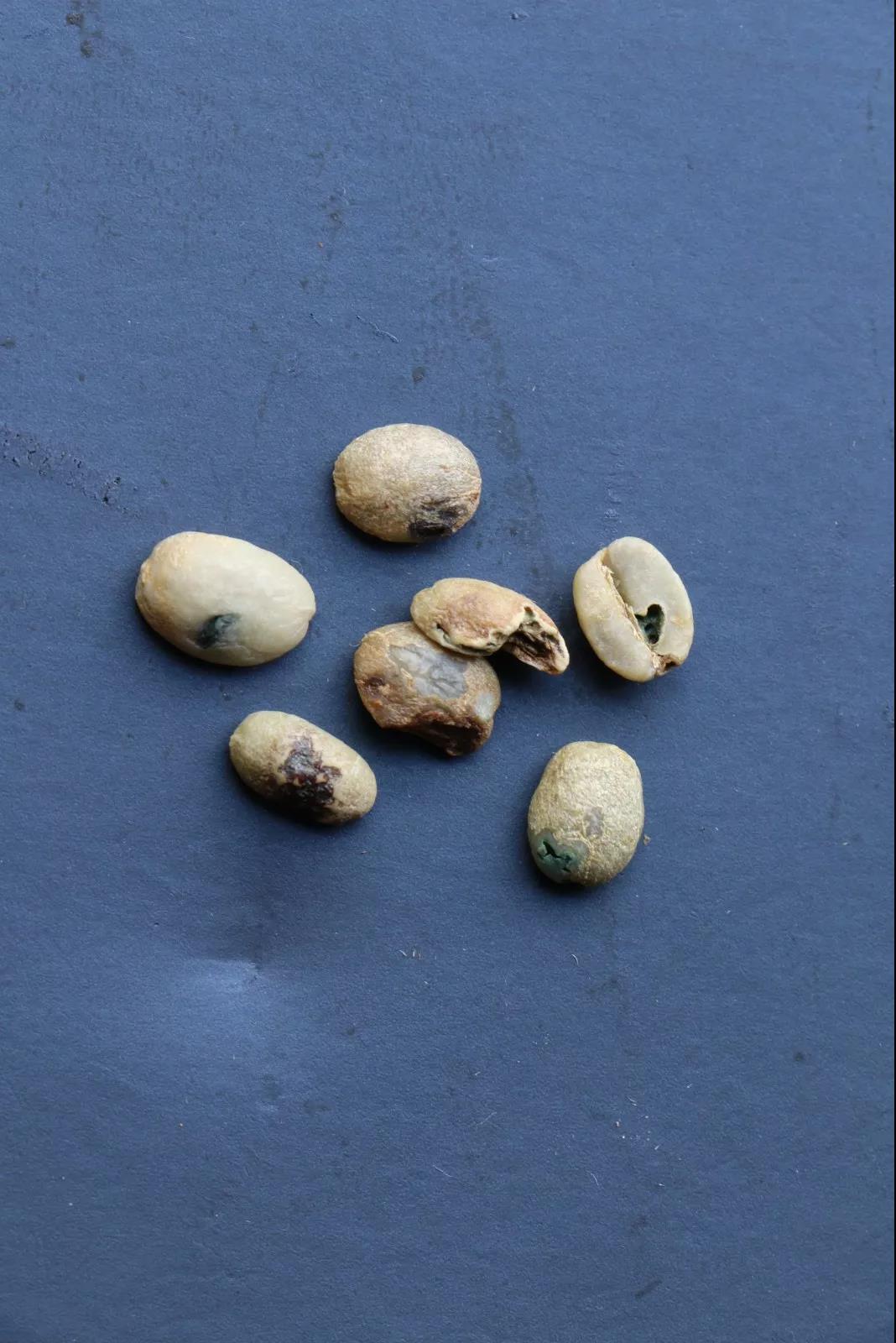
Beans that are moldy due to incomplete drying, transportation or improper preservation will remain moldy even after baking. In addition, broken beans and worm-eaten beans can also cause mildew due to water vapor invasion and mold.
Unripe bean
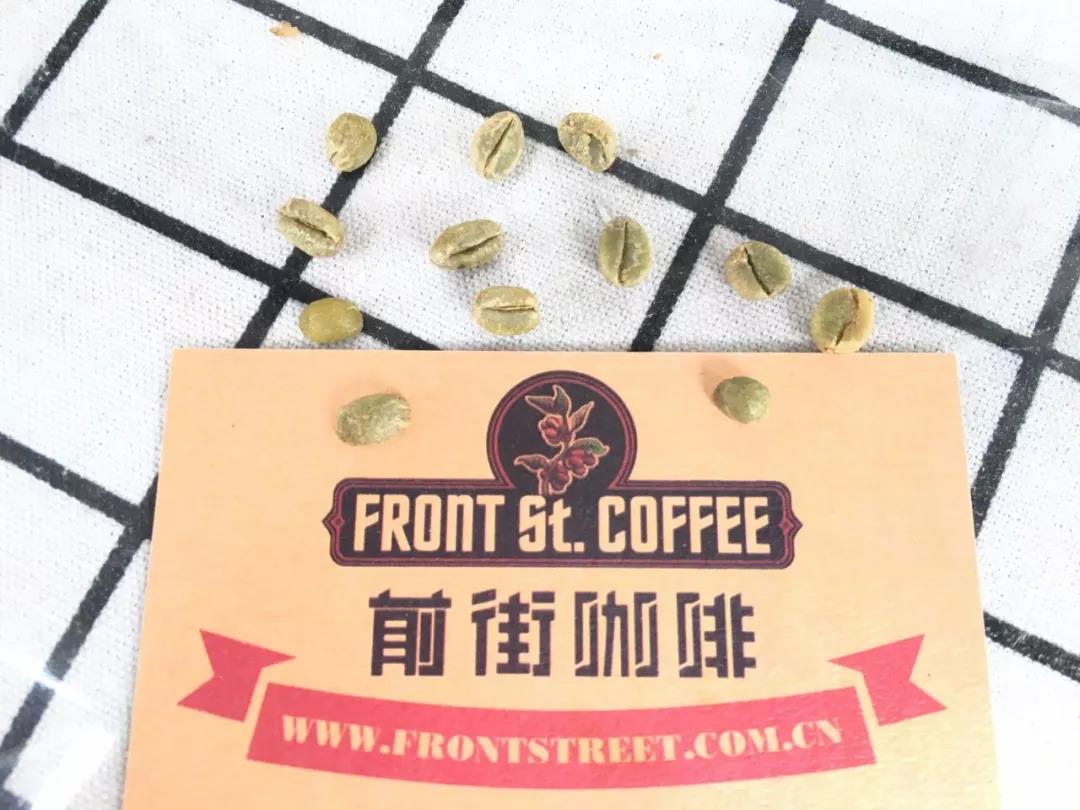
Beans harvested before the coffee fruit is ripe. Coffee mixed with unripe beans will smell fishy and make you feel sick. These are common and indistinguishable defective beans in Essel beans.
White bean
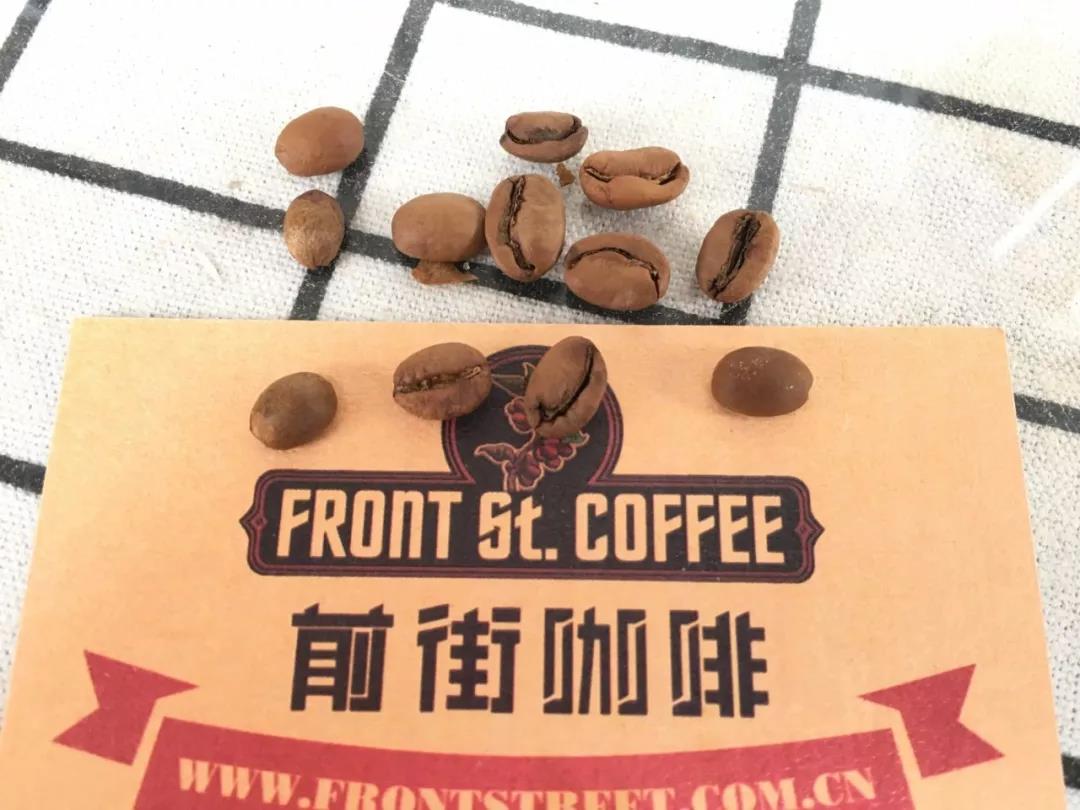
These beans are not easy to find when they are raw, but they become obvious after baking. Generally there will be fried melon seeds, but also make the coffee salty and astringent, responsible bakers must remove clean ~
After reading all kinds of broken defective beans above, you should know how important the process of picking beans is if you want to have a good cup of coffee. A cup of coffee that does not pick beans will certainly have a great impact on the overall quality. The flavor of the coffee may be slightly defective, or it may be some very unpleasant taste. As the saying goes, "a grain of rat shit spoils a pot of porridge." it's really appropriate to put it here.
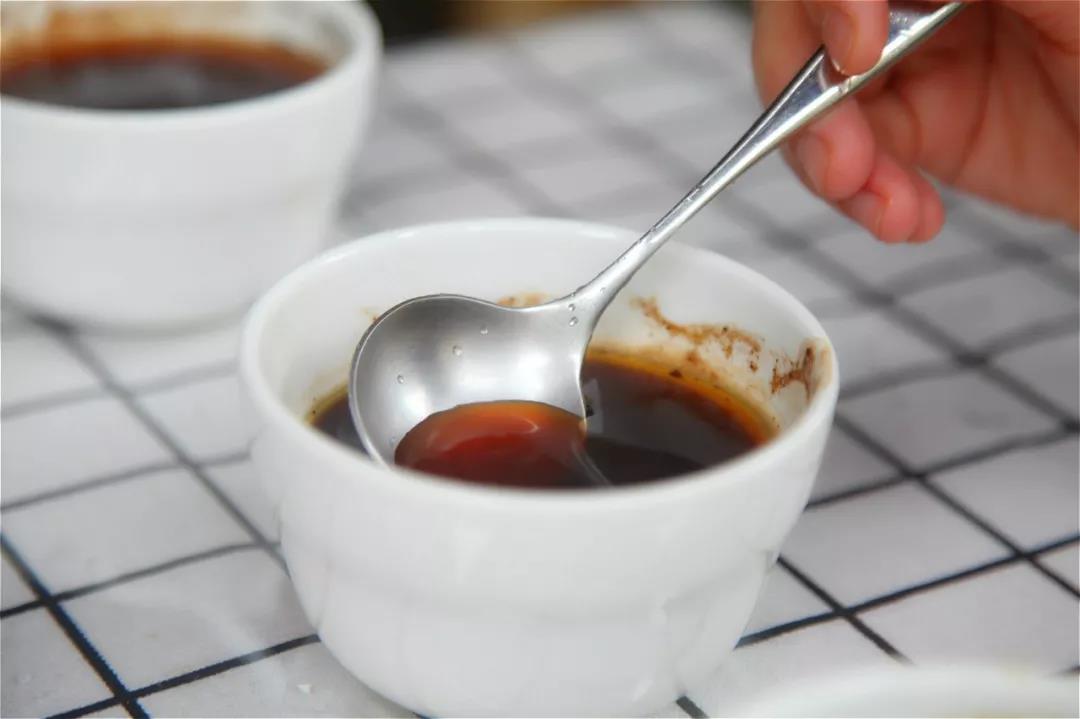
For the flavor damage and taste caused by all kinds of defective beans, by adding a few roasted defective beans to the selected clean coffee beans, and then according to the routine extraction or cup test, we can know what kind of "bad result" it will produce. This is an operation that takes courage.
Important Notice :
前街咖啡 FrontStreet Coffee has moved to new addredd:
FrontStreet Coffee Address: 315,Donghua East Road,GuangZhou
Tel:020 38364473
- Prev
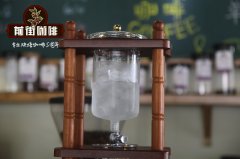
How to drink ice drop coffee? what kind of coffee beans are used to make ice drop coffee? Taste characteristics of ice drop coffee
Professional coffee knowledge exchange more coffee bean information Please pay attention to the coffee workshop (Wechat official account cafe_style) although the extraction speed is slow at low temperature, but in flavor, as high temperature can easily decompose tannin in coffee into pyrosylic acid, resulting in acidity and bitterness, low temperature extraction coffee is more mellow in flavor and popular. Common cold brewed coffee and iced American coffee
- Next
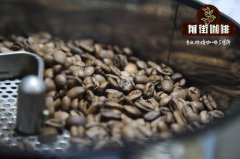
Understand Blue Mountain Coffee | Blue Mountain Coffee Price | authentic Blue Mountain Coffee Flavor characteristics
Professional coffee knowledge exchange more coffee bean information please follow the coffee workshop (Wechat official account cafe_style) individual handmade coffee recommended | Front Street coffee boutique coffee beans-Jamaica Blue Mountain Coffee NO.1 understanding Blue Mountain Coffee Blue Mountain Coffee origin Jamaica, named after the Blue Mountains surrounded by the Caribbean Sea. The sour, sweet and bitter tastes are all very harmonious and excellent
Related
- Beginners will see the "Coffee pull flower" guide!
- What is the difference between ice blog purified milk and ordinary milk coffee?
- Why is the Philippines the largest producer of crops in Liberia?
- For coffee extraction, should the fine powder be retained?
- How does extracted espresso fill pressed powder? How much strength does it take to press the powder?
- How to make jasmine cold extract coffee? Is the jasmine + latte good?
- Will this little toy really make the coffee taste better? How does Lily Drip affect coffee extraction?
- Will the action of slapping the filter cup also affect coffee extraction?
- What's the difference between powder-to-water ratio and powder-to-liquid ratio?
- What is the Ethiopian local species? What does it have to do with Heirloom native species?

